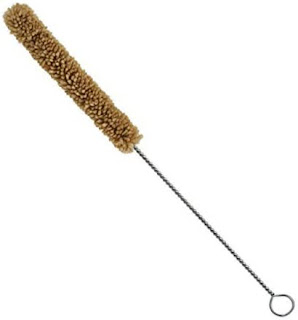They "drop in to see what condition their condition is in."
OK, I may have lost some of you with that reference, but I couldn't resist. If you're not sure what I am referring to, check out the link at the end of this post.
Spring planting is in progress or is getting started across the country, and farmers and others will be paying close attention to the weather and its impacts throughout the growing season. Where can you get the anecdotal information that describes what impacts happening locally from weather that is too wet or too dry? CoCoRaHS Condition Monitoring Reports (CMR) provide that kind of information.
You can explore the Condition Monitoring reports at this link. The reports can also be displayed on a map you can access from our maps page. 
You can submit a report on both the web site and the new mobile app, and now your reports can be supplemented by up to four photos! The photo upload section is just beneath the observation notes. Be sure to check the Photo Tips for help on what and how to photograph for Condition Monitoring. Note that there are safety checks performed on photos before they are accepted on upload. Photos cannot contain faces, or elements that could be construed as being violent, sexual in nature,
We can use more observers submitting regular CMRs from around the country. The CMRs are a valuable resource for U.S. Drought Monitor authors, agriculture, natural resource managers, and others. These are pretty easy to do, and once you get into the habit (as with most things) it becomes second nature. The idea behind these is to describe the general moisture conditions at your location and the impacts, whether it be too dry or too wet.
The are valuable when you can submit on a regular basis (weekly) so that users can see the changes occurring. Observers should have a long-term perspective rather than a short-term, reaction-oriented perspective when submitting these reports. For example, if it has been very dry, and two days after you make your weekly Condition Monitoring Report it rains two inches, that is not the time to submit another CMR. Wait until your next regular report to see what impacts, if any, that rain had. Was it enough rain to moderate conditions, or in the days following did it evaporate and had a very short-term impact? If it rained every day after that until your next report, then perhaps conditions are changing. Use the Data Explorer, particularly the Climatology page to check on the precipitation status of your station.
If you are a Master Gardener or Master Naturalist you probably already pay close attention to what is going on in the environment around you. If you are not doing so already, why not share that information by submitting a regular Condition Monitoring report?
We recommend submitting the CMR on Saturday or Sunday so that they are available for input into the Drought Monitor on Monday. If not the weekend. pick a day that works for you and stick with it. These aren't for just when conditions change - it's also useful to know week-to-week if conditions are unchanging in your area. Consistency is really helpful with Condition Monitoring Report, that is, reporting on a regular basis. Use a calendar reminder set to pop up on every Sunday (or day of your choice), a sticky note on your monitor, or anything else to remind you to submit a CMR for that week. Photo upload has also been updated for hail reports, so be sure to make use of this feature the next time you have hail to report.
Obscure reference link: Just Dropped In (To See What Condition My Condition Was In) - Kenny Rogers
































